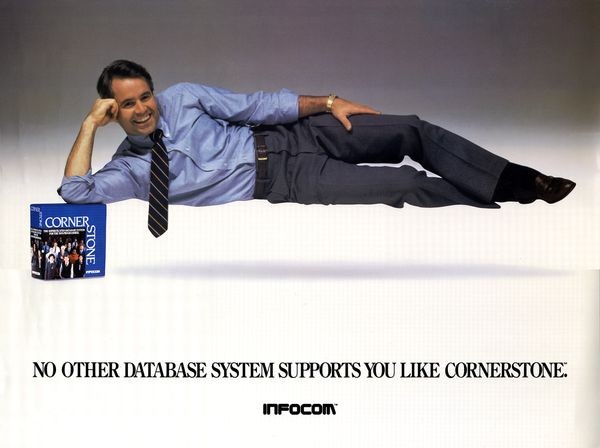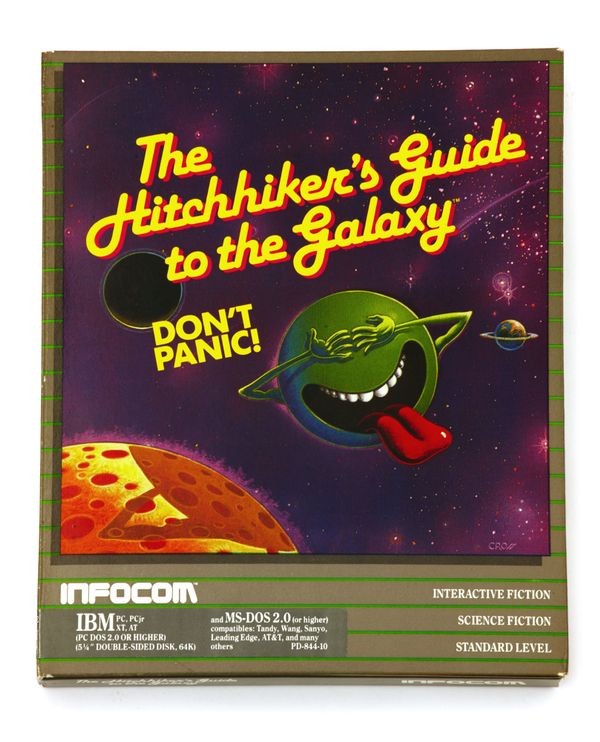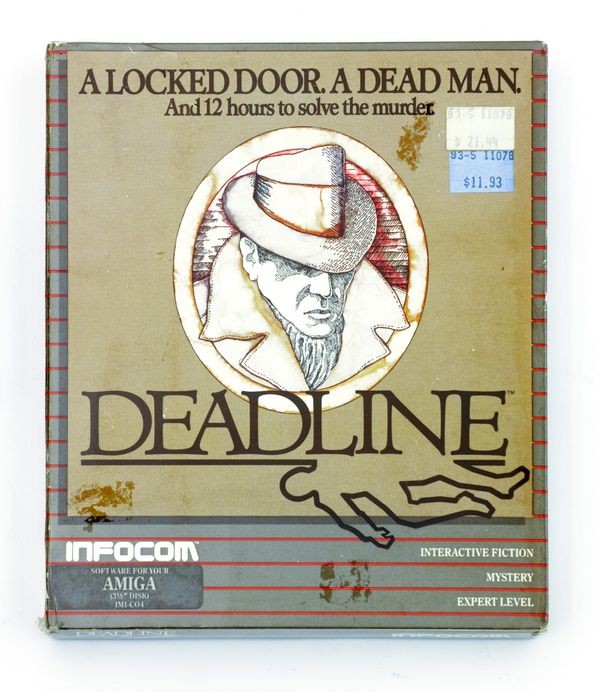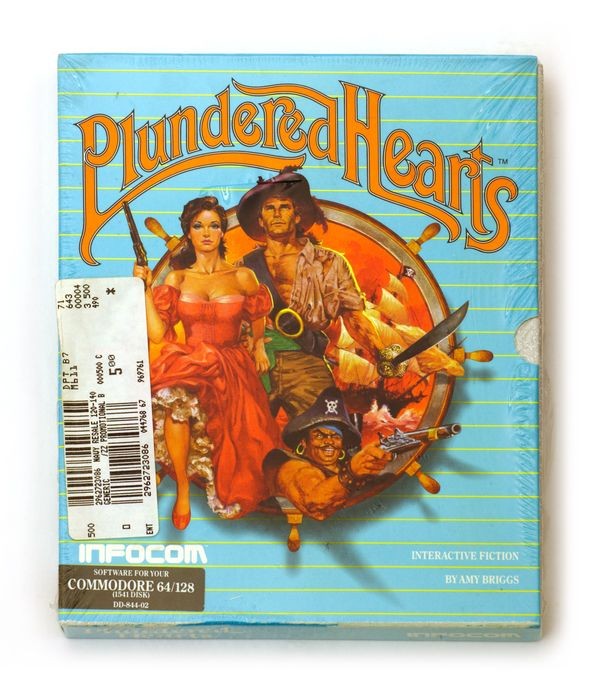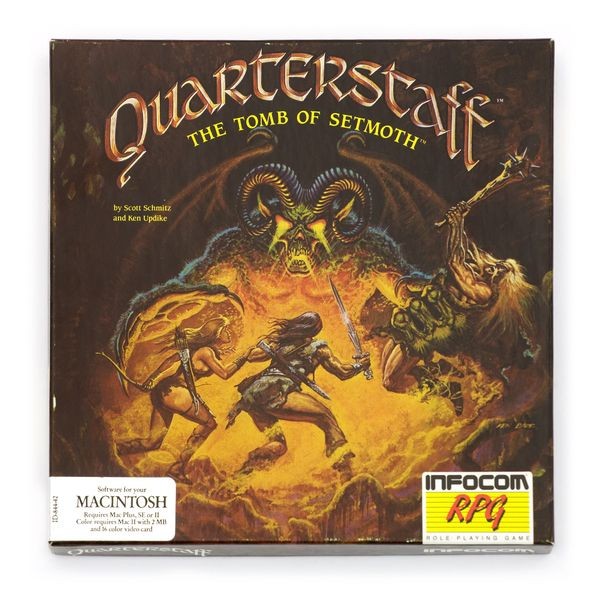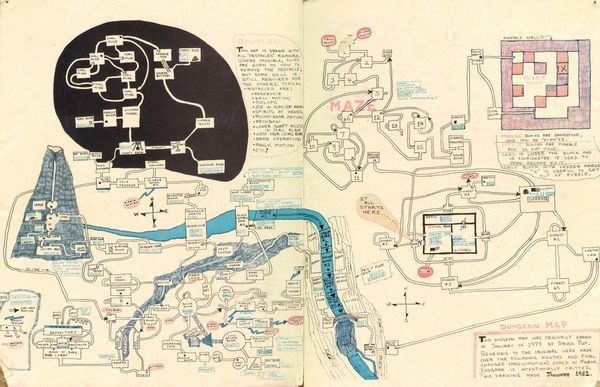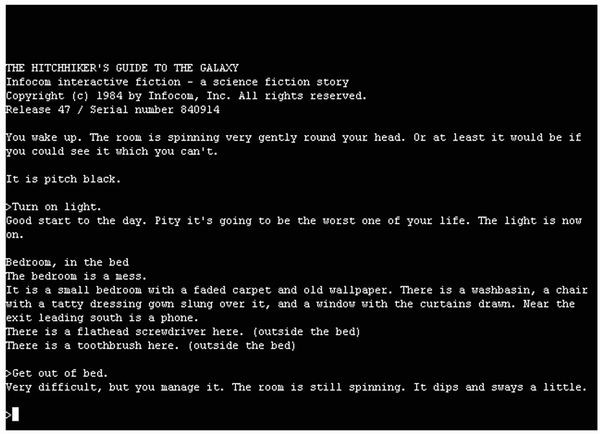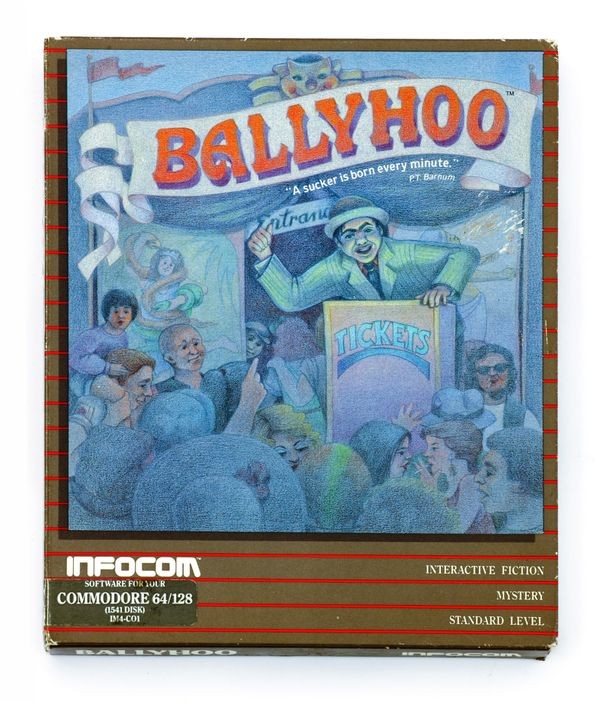Stick to What You Know: Infocom and the Perils of Expansion
Zork I: The Great Underground Empire computer game
Zork, originally called Dungeon, was written by Tim Anderson, Marc Blank, Bruce Daniels, and Dave Lebling for a DEC PDP-10 at MIT. Personal Software, which also marketed VisiCalc, the first spreadsheet, initially sold the PC version. Zork remained one of Infocom’s best-selling games for almost a decade.
Stick to What You Know: Infocom and the Perils of Expansion
MIT students Marc Blank and Dave Lebling didn’t intend to focus on entertainment software when they founded Infocom in 1979. But they’d already developed a text-based game called Dungeon—so they renamed it Zork, released it, and quickly found themselves game industry leaders.
Infocom built a reputation for producing games in diverse genres, from science fiction to romance. It also invented Z-Machine, a “virtual” game machine to run Infocom games on any type of computer.
In the 1980s, Infocom expanded beyond games with a database package called Cornerstone. That costly venture drained Infocom’s resources, leading to its demise in 1989.
Cornerstone poster
This database product is often implicated in the downfall of Infocom because it redirected company resources away from the profitable games division.
View Artifact DetailThe Hitchhiker's Guide to the Galaxy computer game
Author Douglas Adams teamed with Infocom designer Steve Peretzky to adapt his popular novel as a game. It became one of Infocom’s best sellers.
View Artifact DetailDeadline computer game
The third of Infocom’s games, this murder mystery was the first to include “Feelies,” items included in the package that provided clues essential to winning.
View Artifact DetailPlundered Hearts computer game
Most of Infocom’s offerings were in the realms of science fiction and fantasy. Plundered Hearts was its only Romance, and also the only Infocom title designed by a woman: Amy Briggs. The game features a female protagonist on an adventure at sea with pirates.
View Artifact DetailQuarterstaff: The Tomb of Setmoth computer game
Quarterstaff, a role-playing game based on Druids, was only available on the Apple Macintosh; a version for the IBM PC was announced but never sold. Based on a game licensed by Activision from Simulated Environment Systems, Quarterstaff was one of the last games released under the Infocom brand before it was shut down in 1989.
View Artifact DetailHand-drawn map of Dungeon
The original name for this game was Zork, an MIT Hacker term for an unfinished program. It was renamed Dungeon, but Infocom was forced to change it back after receiving a “cease-and-desist” letter from TSR, Inc., the publisher of Dungeons & Dragons.
View Artifact DetailScreenshot from Infocom’s Hitchhiker’s Guide to the Galaxy
Douglas Adams adapted his novel into one of Infocom’s most popular games. While it was rated ‘Standard’ difficulty, there were several traps that players could fall into early in the game which would make it unwinnable!
View Artifact DetailBallyhoo computer game
Infocom’s games came with extras called ”Feelies.” Ballyhoo included an official souvenir program, a ticket to the circus, a toy balloon, and a trade card for a fictitious patent medicine.
View Artifact DetailLeather Goddesses of Phobos computer game
This was Infocom’s response to Sierra’s popular Leisure Suit Larry adult games. In Leather Goddesses of Phobos, players selected a gender and choose a Naughtiness Level (tame, suggestive or lewd) before playing. Steve Meretzky, often considered the finest designer of text-based games, created it.
View Artifact DetailBureaucracy computer game
This was the second of two Infocom games designed with science fiction humorist and screenwriter Douglas Adams. “Bureaucracy” ends abruptly if a player’s blood pressure rises too high in response to stressful events.
View Artifact Detail


